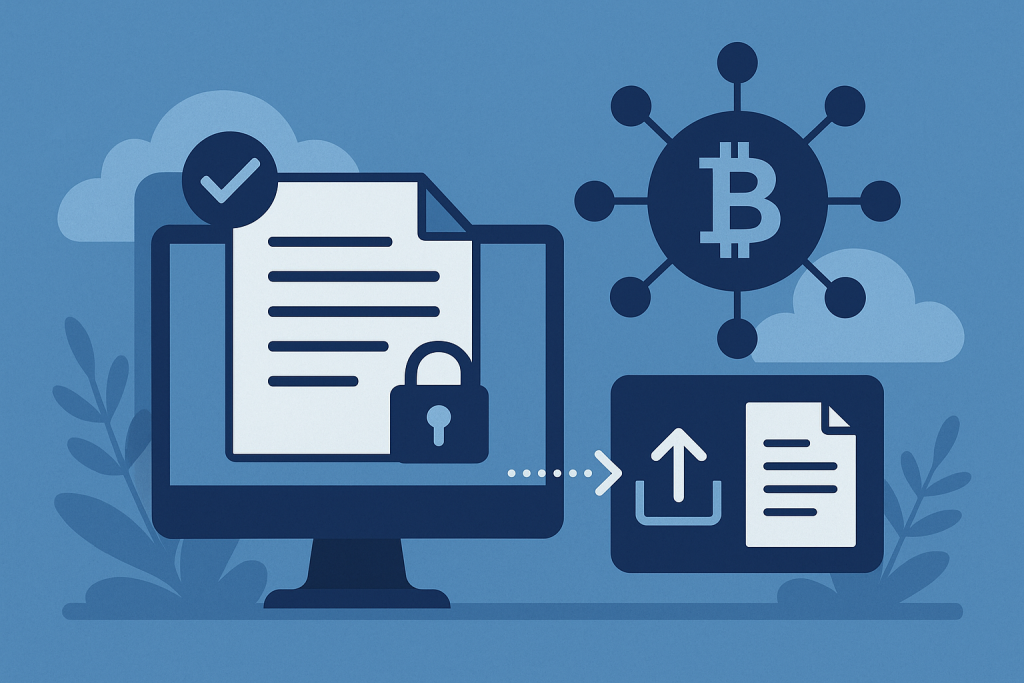
The Problem
Every day, thousands of bank statements are uploaded to brokers, real estate agents, lenders, and government portals — as PDF files.
These documents are used to verify:
- Income for rental applications
- Assets for home loans
- Transaction history for visa applications
- Financial stability for business loans or subsidies
And yet, there’s a problem:
They can be edited. Easily.
With just a PDF editor, someone can change their salary, remove expenses, or create an entirely fake statement — and unless the receiver contacts the bank or uses expensive third-party tools, there’s no easy way to verify authenticity.
That leaves financial institutions and service providers vulnerable to:
- Fraud
- Delays
- Reputational risk
The Solution: Timestamp at the Source
Instead of trying to verify bank statements after they’re submitted, what if the bank itself took one simple step:
Timestamp each statement the moment it’s generated — before the PDF is made downloadable.
Using VerifyFirst, the bank can generate a cryptographic fingerprint (hash) of the statement and anchor it to the Bitcoin blockchain — creating immutable proof that the statement:
- Was issued by the bank
- Hasn’t been tampered with
- Was generated at a specific point in time
The result? Anyone receiving that PDF can instantly confirm its authenticity without accessing the bank’s systems.
How It Works
- Bank generates a PDF statement (as they normally do).
- VerifyFirst API timestamps the document at the moment of creation.
- The customer downloads the statement.
- When the PDF is uploaded elsewhere (e.g., to a lender), the receiving system can:
- Automatically check the timestamp via API, or
- Use the VerifyFirst portal to validate the file
Bonus: the bank could embed a verification link or QR code directly in the footer of the statement for human-readable validation.
Built-In Verification for Receiving Institutions
The second half of this vision is even more powerful:
Receiving institutions — like mortgage brokers, real estate platforms, or government agencies — can build a simple file check into their systems.
When a statement is uploaded:
- The system instantly runs it through the VerifyFirst API
- Confirms the document is legitimate
- Flags anything altered or unverifiable
This allows real-time validation with no need for open banking APIs, customer logins, or manual follow-ups.
Who Benefits?
- Banks gain a trust layer for their documents and reduce the burden of statement verification requests.
- Brokers, agents, and lenders save time, eliminate fraud risk, and streamline approval workflows.
- Consumers get faster decisions and fewer headaches.
- Regulators gain more confidence in document integrity — without forcing complex tech adoption.
No Signatures, No Friction — Just Proof
This isn’t about replacing eSignatures or adding more complexity. It’s about building a transparent, tamper-proof trail of trust — without needing users to change how they operate.
If you’re in digital banking, lending, PropTech, or fintech infrastructure, this kind of integration could offer a major upgrade in trust and automation.
And if you’re building or leading in that space — I’d love to talk.
This is exactly what VerifyFirst enables, and it’s ready to deploy.
